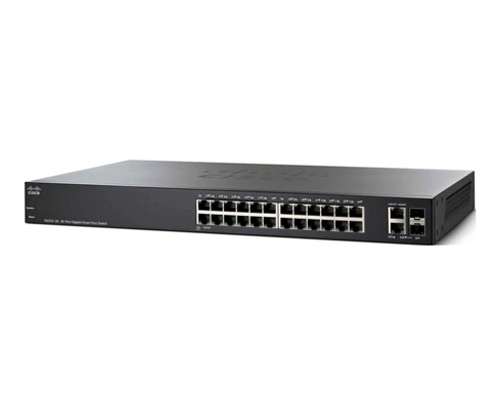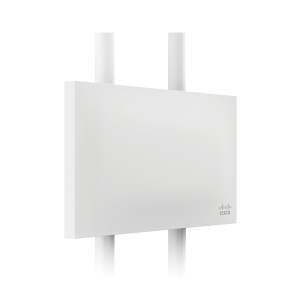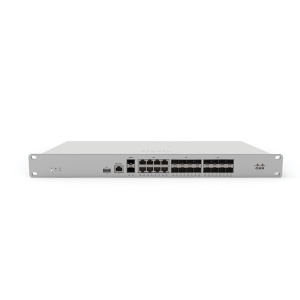Description
Flexible Management
Management options for the Cisco SG220-26 Smart Switch include Simple Network Management Protocol (SNMP), a Command-Line Interface (CLI), a web-based interface, and the Cisco FindIT utility.
Configuration and Deployment Features
Cisco Discovery Protocol (CDP) and Link Layer Discovery Protocol-Media Endpoint Discovery (LLDP-MED) automatically detects the devices connected to your network, then automatically configures the switch with the appropriate settings and instructs end devices on the appropriate voice VLAN or QoS parameters to use. In addition, the Cisco FindIT Network Discovery Utility discovers Cisco devices on the network and display basic information, such as serial numbers and IP addresses.
Remote Management
Using SNMP (Simple Network Management Protocol), you can set up and manage all switches and other Cisco devices in your network remotely.
Dual Image Support
With the ability to maintain two images in permanent storage instead of only a single image, you can perform software upgrades without taking the network offline or worrying about an outage because of a bad image file.
Dual Configuration Files Support
Configures the device, validating the configuration, and then save the configuration to take effect after reboot. Additionally, a mirror configuration file provides automatic backup of the latest stable configuration file.
IPv6 Support
The SG220-26 provides native support for IPv6, making it easier to migrate to the next generation of networking applications and operating systems without an equipment upgrade.
Network Security
Support for network security applications such as IEEE 802.1X and port security can tightly limit access to specific segments of your network. Guest virtual LANs (VLANs) let you provide internet connectivity to nonemployee users while isolating critical business services from guest traffic. Extensive ACLs can restrict sensitive portions of the network from unauthorized users and guard against network attacks. Security mechanisms such as broadcast/multicast/unknown unicast storm control and Bridge Protocol Data Unit (BPDU) guard can protect the network from invalid configurations or malicious intent. Denial of service (DOS) attack prevention helps to increase uptime in the event of a network attack. Finally, RADIUS, TACACS+, local database authentication, and secure management communication over SSL, SSH, and SNMPv3 can help protect management sessions.
IP Telephony Support
Embedded QoS intelligence prioritizes delay-sensitive services such as voice and video and simplifies unified communications deployments, helping to ensure consistent network performance for all services. For example, automated voice VLAN capabilities let you plug any IP phone (including third-party phones) into your IP telephony network and receive an immediate dial tone. The switch automatically configures the device with the right VLAN and QoS parameters to prioritize voice traffic.
Energy Efficiency
Energy Efficient Ethernet (IEEE 802.3az) and Energy Detect support help you save operational expenses and reduce your environmental footprint.






